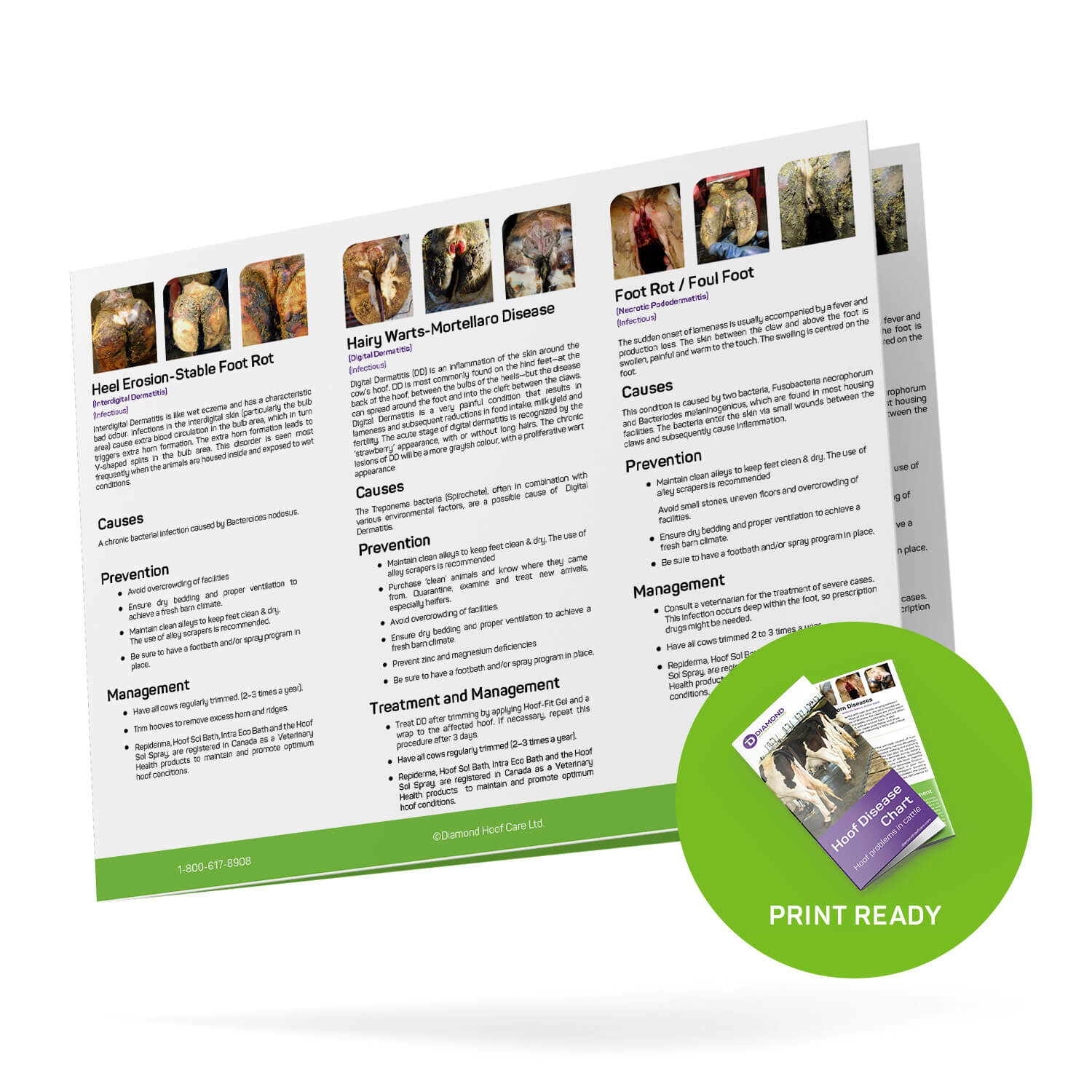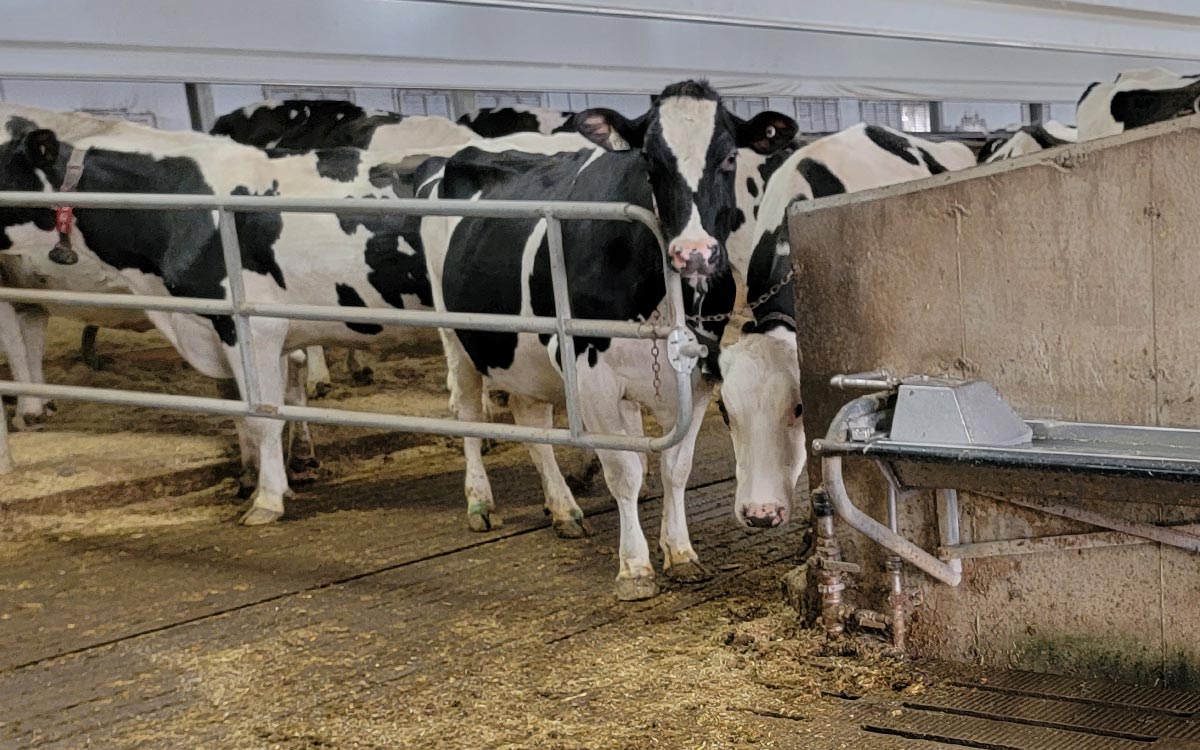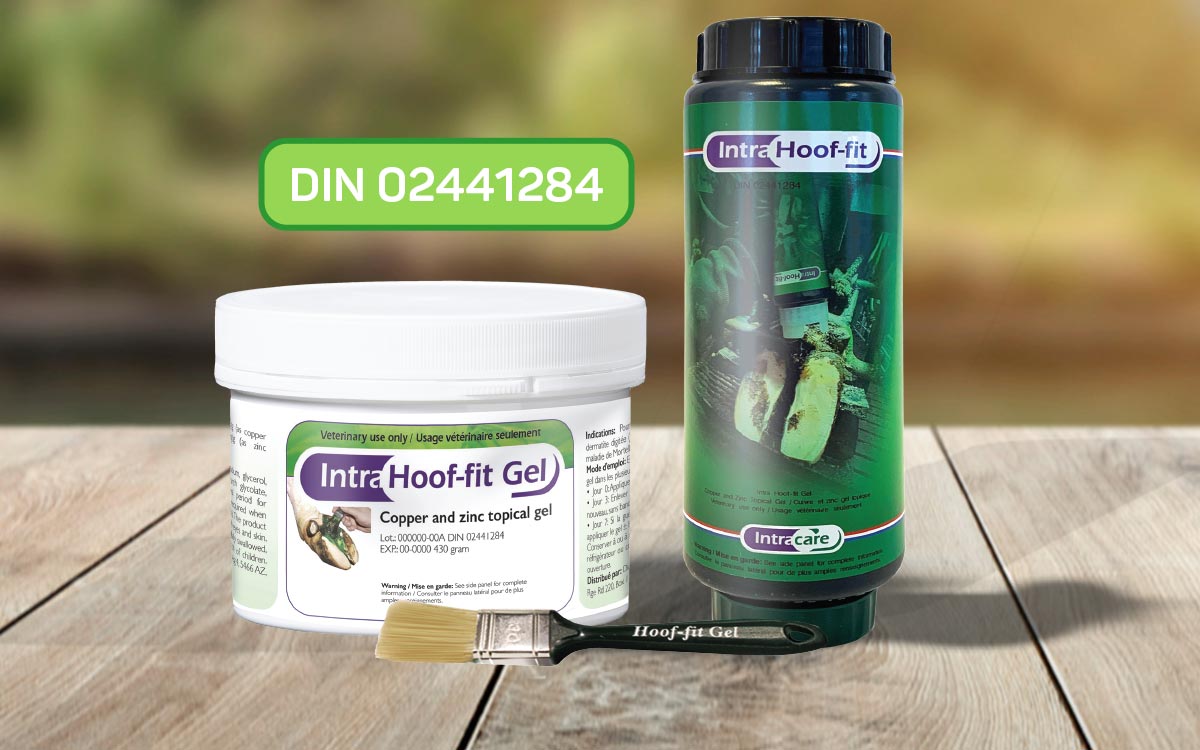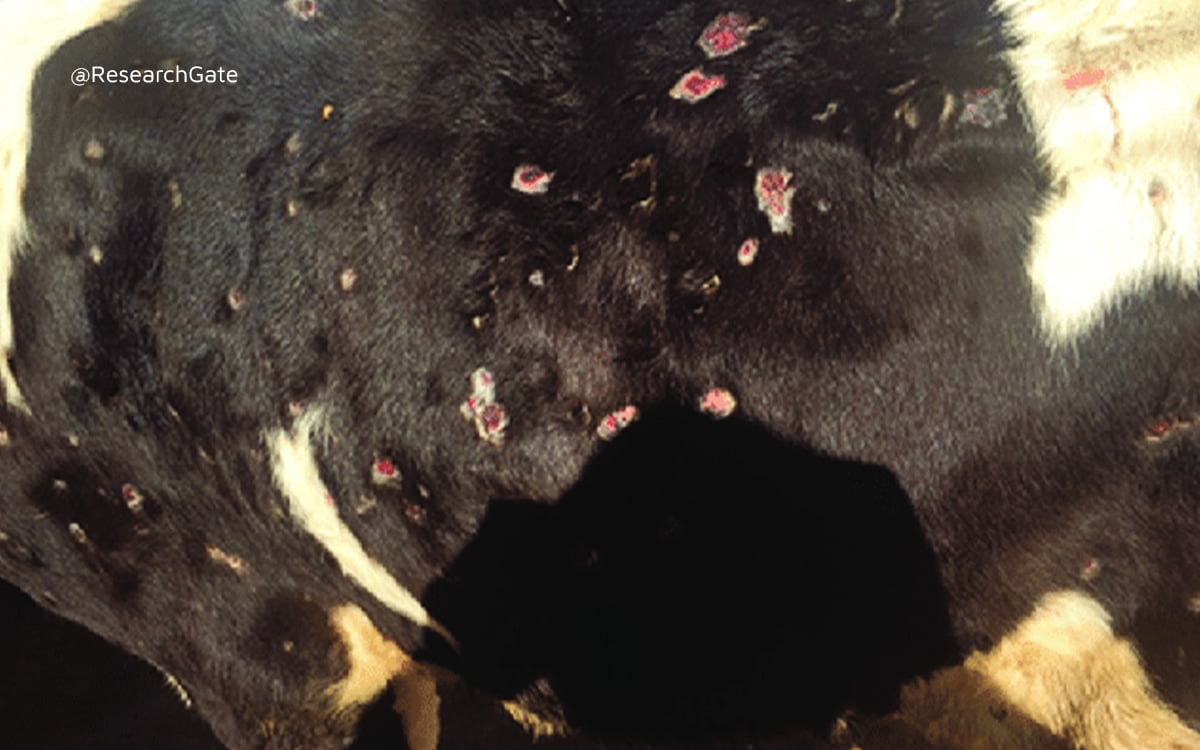Even though it’s not uncommon for goat horns to peel and flake, the phenomenon can still give cause for concern. While there is generally no link between peeling goat horns and serious health issues, the matter still needs to be addressed. Just like cows, goats don’t belong to the group of animals that regularly shed the outer shells of their horns. As a cattle hoof trimmer, I’m keenly interested in the reason why goat horns peel and, more importantly, whether there’s anything you can do to remedy the situation.
Goat horns usually peel due to a nutrient deficiency. If the animal isn’t receiving enough protein or minerals, its horns will start to weaken and peel off. Alternatively, the cause of the issue can be excessive dryness, physical damage, or new growth impacting the structural integrity of the horn.
In this article, I’ll dive into what I have found to be the four most common reasons why goat horns peel. I’ll also present some measures you can take to address the problem in each instance. As mentioned, peeling goat horns aren’t a major source of concern, so there’s no need to panic. However, you still need to act as soon as possible to ensure your goat’s horns (and overall health) remain in optimal condition.
1. Nutritional Deficiencies

The most essential macronutrient aiding horn health is protein. Horns are made of keratin, the same protein found in human hair and fingernails. Therefore, a diet rich in protein is essential not only for the goat’s health but also for the structural integrity of its horns.
A protein deficiency can quickly lead to the excessive peeling of goat horns, which will start to weaken as a result.
However, protein isn’t the only nutrient you have to consider when curating your goat’s diet. Micronutrients such as salt, magnesium, calcium, and phosphorus are all essential when it comes to horn (and general) health. My dairy clients get regular visits from their farm’s nutritionist. It’s of the utmost importance to keep in regular contact with your nutritionist or local feed mill to ensure the optimum mineral package for your goats.
How to Fix
The fix to this issue is pretty straightforward: Feed your goats a diet rich in protein and essential micronutrients. However, if you’re not able to meet their needs with food alone, you can always rely on supplementation. You should take a balanced ration approach — know your inputs of the various feeds and match the recommended daily intake for your animals.
Alfalfa and leafy grass are arguably among the best protein sources for goats, not to mention that they are packed with fibre. Moreover, consider investing in supplements such as vitamins K, C, A, and D. If you want to learn more about what constitutes a rich, balanced diet for your goat, check out this article.
In horses and our dairy herds, Biotin is used to promote healthy horn and hoof development. A study on the effect of Biotin supplementation in pregnant goats puts the recommended Biotin intake at a daily rate of 10 mg for optimum results.
2. Excessive Dryness

As mentioned above, goat horns are made from the same protein as human fingernails, hair, and skin. Therefore, you can expect excessive dryness to affect them in the same way. Be it due to weather conditions or insufficient hydration, horns start to flake as soon as the moisture in them becomes insufficient. Luckily, this is another issue relatively easy to fix.
How to Fix
If you believe your goat’s horns are peeling off due to excessive dryness, it might be a good idea to discuss this with your veterinarian. A good-quality balm might be a solution to treating the issue locally.
However, conduct diligent research to make sure you get a product specifically designed for this purpose. Otherwise, you risk doing more harm than good. The last thing you want is to cover the horns with a thick, oily substance that will actually impair the ability of your goats to expel body heat, thus making them susceptible to heat strokes. Therefore, choose the products you use carefully.
I also want to note that keeping your goats hydrated is another excellent way to protect against excessive dryness. Always make sure that the animals have unlimited access to clean, fresh water and a shaded area where they can shelter during the hottest hours of the day.
3. Physical Damage

Sometimes the reason behind a goat’s horns peeling off is simpler than you might think. Horns serve a variety of purposes, which is why it’s not uncommon for them to start flaking due to physical damage.
For example, goats often engage in headbutting, which can be both playful and aggressive. As a result, their horns become highly prone to structural damage, which can later manifest itself in peeling. You may also see other signs, such as cracks in the horns.
How to Fix
If the injuries are mild, you can remedy the issue simply by bandaging the affected area. However, if an injury is too severe to handle yourself, make sure to contact your veterinarian for advice.
After the above steps and care, the flaking should start decreasing in intensity as the horn continues to heal. In our dairy herds, we rely on Intra Repiderma to promote healthy skin, so you could consider using it on your goats.
If one of your goats is a troublemaker and always gets into fights, it could be a sign of boredom. Our dairy clients as well as hog farmers introduce toys and brushes into the environment to provide distractions. Toys would be a nice distraction and provide some entertainment to goats as well.
4. New Growth

Lastly, goat horns can peel due to new growth. I want to make it clear that goats don’t shed their horns as animals with exoskeletons shed their shells. However, growth spurts can still lead to some flaking or peeling, especially around the horn ends. This occurs due to the movement of the horn as it increases in size, which affects its structural integrity.
Luckily, some peeling during a growth spurt is no cause for concern. However, if it seems excessive, it’s best to err on the side of caution and contact a veterinarian for advice.
Keep in mind that once a goat reaches maturity, the flaking and peeling should stop altogether.
How to Fix
This is the only cause you might not be able to take any direct measures against. However, you can still facilitate the process by following the above tips. Here’s a recap of what you’ll want to do:
- Ensure your goats consume a rich, well-balanced diet.
- Ensure their proper hydration.
- If possible, avoid exposing them to arid conditions.
- Attend to any physical damages as soon as possible.
Summary
Watching your goat’s horns start to peel can be a little worrisome, and that’s understandable. The good news is that most of the time, a well-balanced diet and a few simple protective measures can remedy the situation. With that said, if the animal’s horns continue to flake even after you’ve tried the suggested solutions, don’t hesitate to seek the professional opinion of a veterinarian.





